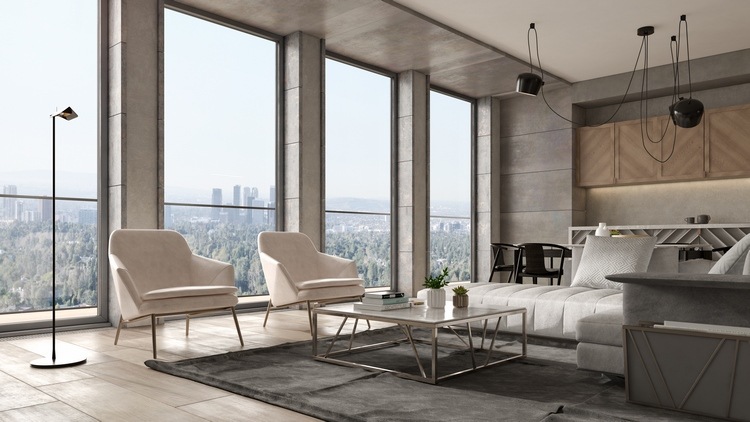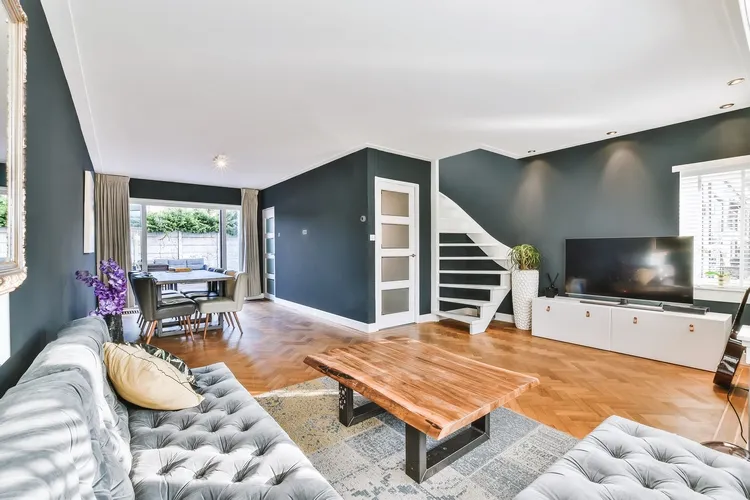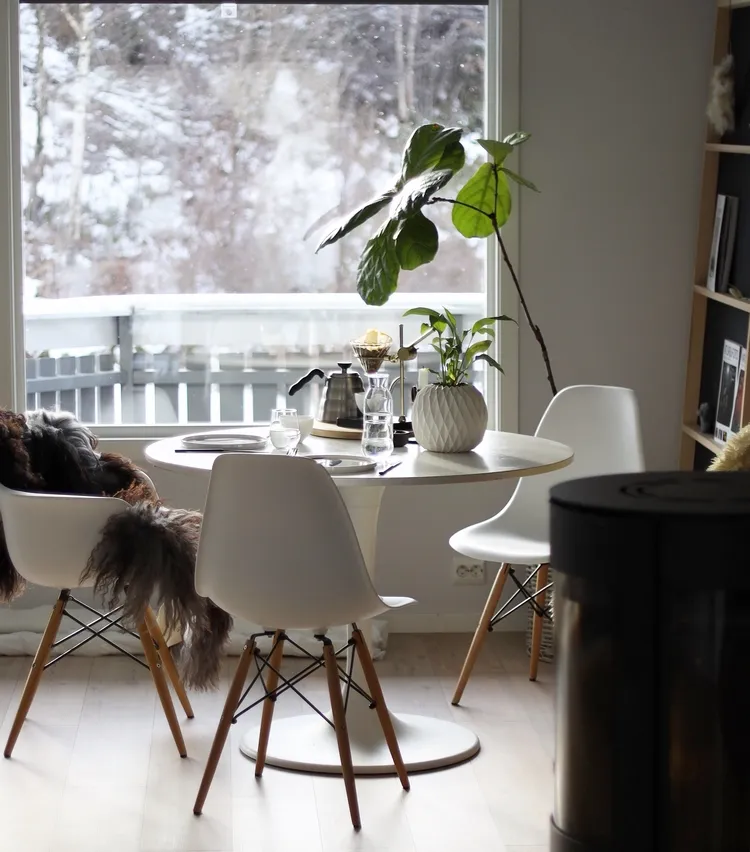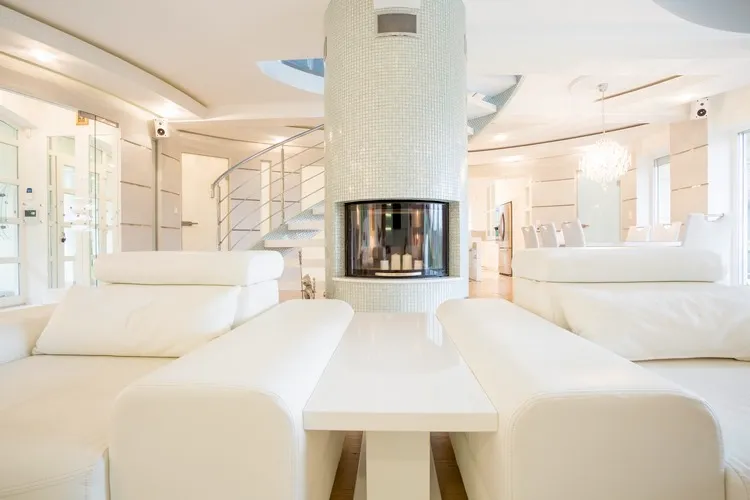Interior design is an art and combines the rules of architecture, mathematics, colors, materials, etc. The main goal is to create the ideal conditions that provide convenient and aesthetically pleasing interaction between a person and his environment which means that the space that designers create must be not only beautiful, but also functional.
A qualified designer manages the overall design of the space – from the development to communication systems and the selection of suitable combinations of materials, furniture options, lighting fixtures, etc.
Basic Principles in Interior Design – Understanding the Rules of Balance
Each interior is special and unique but there some rules of balance that should not be neglected. Following the basic principles in interior design one can create harmonious, beautiful and aesthetically valuable interiors. Anyone who wants to learn the secrets of interior design can attend an interior design course. The French online training center Home Design Institute offers such courses which can help you understand the most important interior design techniques and how they work.
How to Create a Balanced Interior Design?
In design, balance is hugely important. It can be described as an equal distribution of visual weight in the interior of a room. Balance is achieved not only through form, but also through color, pattern and texture. There are three different types of balance:
Symmetrical Interiors
As a rule, traditional or formal spaces are designed following the principles of symmetrical balance. Symmetry means that the space is evenly divided and the objects repeat the same positions on either side of any vertical or horizontal axis. For example, two chairs on either side of a coffee table or fireplace are symmetrically balanced. This type of balance is easy to achieve as the design elements are repeated on each side.
Asymmetrical Interior Design
Asymmetry is often used in modern home interiors. In asymmetrical interior designs the visual weight of lines, colors, shapes, and textures is balanced without exact duplication. Such interiors look more dynamic and informal but are more difficult to create.
Radial Balance in Interior Design
Radial balance is achieved when all design elements are grouped around a central focus point radiating inward or outward. An example for radial balance is a round dining table with chairs around it, a spiral staircase, etc.
The Importance of Focal Point as an Element of Interior Design
Monotony is the biggest enemy of any interior. A well-designed space always has one or more focal points, depending on its size. This is a major element in the interior that attracts the attention while remaining an integral part of the decor, related in size, style or color to the rest of the elements. For example, a fireplace is the first thing most people think of when we talk about the compositional center of a living room. If you haven’t got a fireplace, it could be a piece of furniture or artwork.







